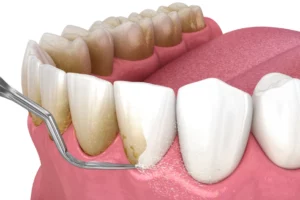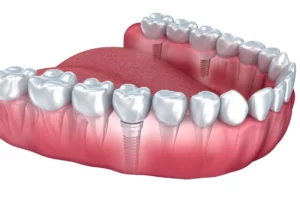Have you ever wondered if it’s possible to get an infection after a routine teeth cleaning at the dentist? The short answer is yes, it’s possible, but the likelihood is low, especially if proper precautions are taken. Dental cleanings are typically safe procedures, but like any medical or dental treatment, there are risks involved. Let’s delve deeper into the topic to understand the potential causes of infection after tooth cleaning and what you can do to minimize these risks.
Firstly, it’s essential to understand that dental cleanings are meant to improve oral health by removing plaque, tartar, and bacteria from the teeth and gums. However, during the cleaning process, there is a slight risk of introducing harmful bacteria into the mouth, particularly if the instruments used are not adequately sterilized. Dental offices adhere to strict sterilization protocols to minimize this risk, but mistakes can happen.
Why Do We Get Infections After Teeth Cleaning?
Infections after teeth cleaning can occur due to several reasons:

1. Bacterial Contamination:
2. Gum Irritation or Damage:
3. Pre-existing Dental Conditions:
Individuals with existing gum disease or compromised immune systems may be more susceptible to infections following teeth cleaning. The disruption of the oral microbiome during cleaning can exacerbate existing conditions, leading to an increased risk of infection. Moreover, individuals with conditions such as diabetes, which can weaken the immune system, may be at a higher risk of developing infections after dental procedures.
What Type Of Infections Can Be Treated From Teeth Cleaning?
Teeth cleaning can effectively address various types of infections, including:
1. Gingivitis:
2. Periodontitis:
3. Dental Abscess:
How Do You Prevent Infections After Teeth Cleaning?
Preventing infections after teeth cleaning involves taking proactive measures:
1. Choose a Reputable Dental Office:
2. Communicate with Your Dental Hygienist:
3. Maintain Good Oral Hygiene Habits:
4. Seek Prompt Treatment:
My Next Step To Get The infectIon Cured
If you suspect an infection after teeth cleaning, take the following steps:




